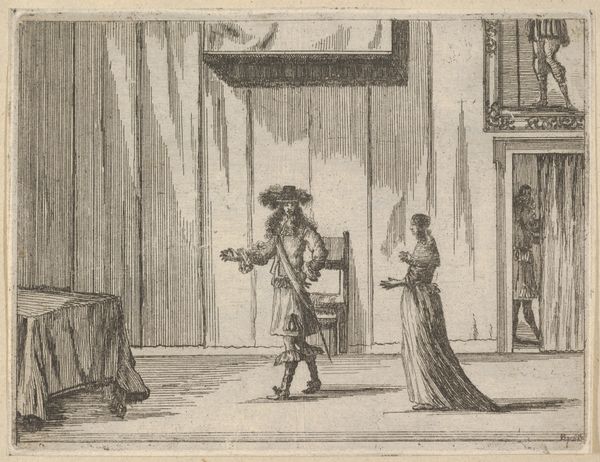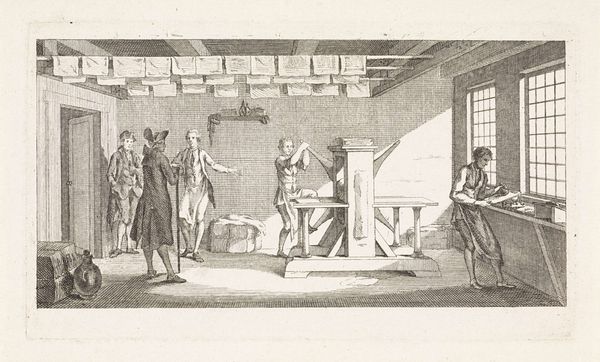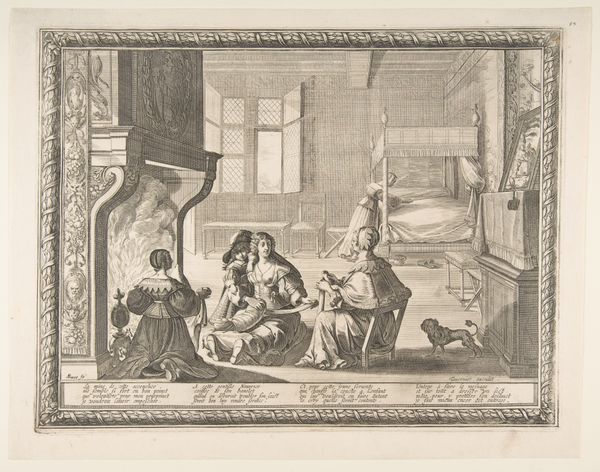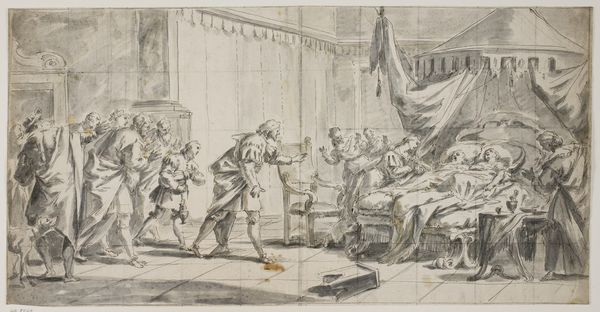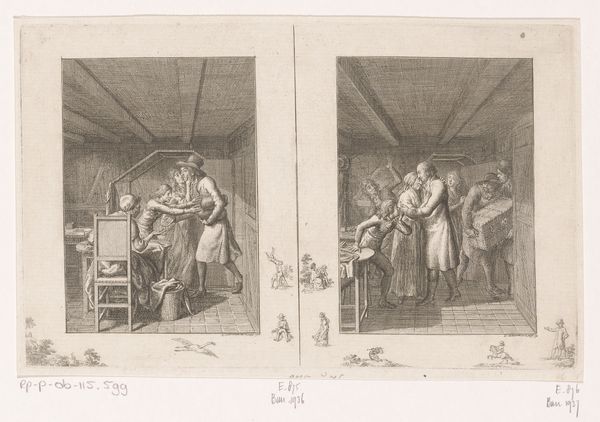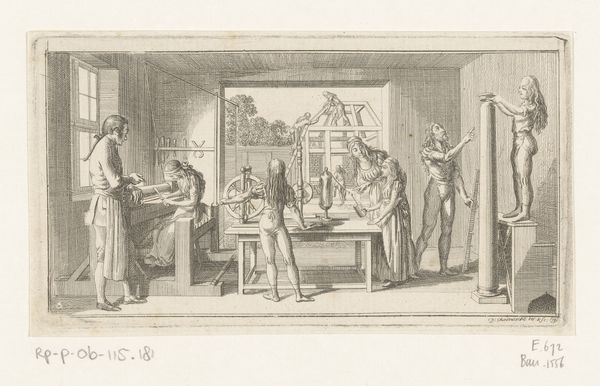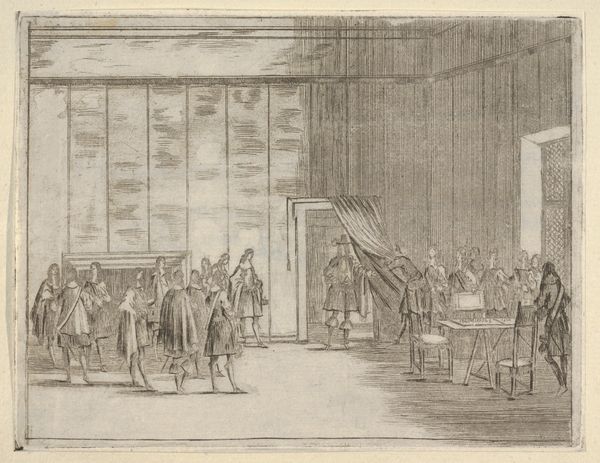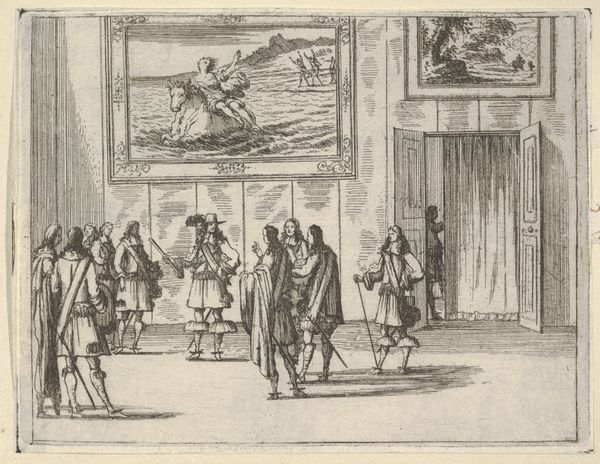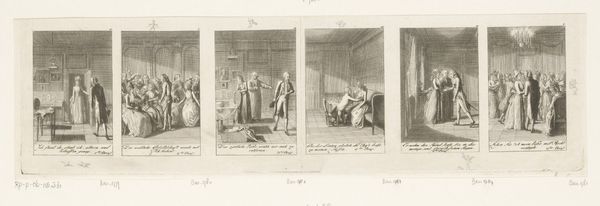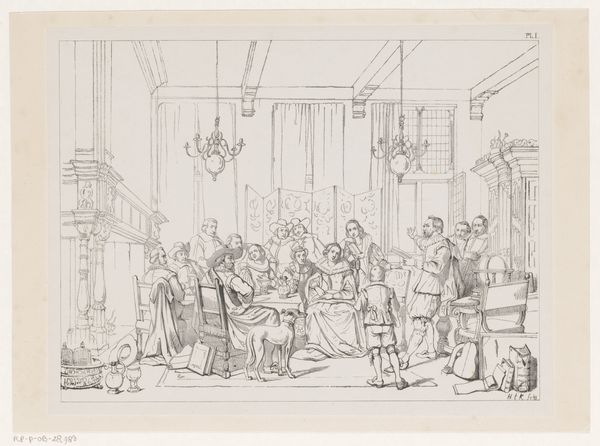![Francesco I d'Este Drafts a Document that Prevents Individuals from Conspiring Against the State, from L'Idea di un Principe ed Eroe Cristiano in Francesco I d'Este, di Modena e Reggio Duca VIII [...] by Bartolomeo Fenice (Fénis)](/_next/image?url=https%3A%2F%2Fd2w8kbdekdi1gv.cloudfront.net%2FeyJidWNrZXQiOiAiYXJ0ZXJhLWltYWdlcy1idWNrZXQiLCAia2V5IjogImFydHdvcmtzL2VkN2FkZTE1LWYzMjktNGMwZC1iMTQ5LTNiZDJkOWFlNzY4ZS9lZDdhZGUxNS1mMzI5LTRjMGQtYjE0OS0zYmQyZDlhZTc2OGVfZnVsbC5qcGciLCAiZWRpdHMiOiB7InJlc2l6ZSI6IHsid2lkdGgiOiAxOTIwLCAiaGVpZ2h0IjogMTkyMCwgImZpdCI6ICJpbnNpZGUifX19&w=3840&q=75)
Francesco I d'Este Drafts a Document that Prevents Individuals from Conspiring Against the State, from L'Idea di un Principe ed Eroe Cristiano in Francesco I d'Este, di Modena e Reggio Duca VIII [...] 1659
0:00
0:00
drawing, print, engraving
#
portrait
#
drawing
# print
#
figuration
#
men
#
line
#
genre-painting
#
history-painting
#
italian-renaissance
#
italy
#
engraving
Dimensions: Sheet: 4 13/16 × 6 3/8 in. (12.3 × 16.2 cm) Plate: 4 3/4 × 6 1/4 in. (12 × 15.9 cm)
Copyright: Public Domain
Curator: Looking at this engraving by Bartolomeo Fenice, dating back to 1659, one is immediately struck by the formal, almost rigid, composition. What are your initial thoughts? Editor: My first impression is the starkness. The use of line creates a very linear perspective that draws the eye to the scene, which seems very calculated. There’s something austere about the atmosphere, despite the seemingly historical opulence suggested by the characters’ clothing. Curator: Indeed. The work is titled "Francesco I d'Este Drafts a Document that Prevents Individuals from Conspiring Against the State." As the title suggests, we see the Duke engaged in the act of solidifying his power. It offers insight into the political dynamics of the Italian Renaissance, illustrating how rulers sought to maintain control through legal means, but even more, their visual representation. Editor: Right, and that legal act becomes part of his carefully crafted persona. This engraving relies heavily on line to convey texture and depth. The vertical lines of the wood panels, repeated motifs in the leaded glass, and then there are the cascading lines of fabric and drapery, these emphasize a sense of structure. Everything in here contributes to the ordered nature of lawmaking. Curator: This image serves a crucial purpose within the context of governance; the document becomes not just a legal instrument but a symbol of power itself. The act of creating it is staged, emphasizing the ruler's foresight and control over potential dissent. Think about how printed images could be disseminated to different publics to shape their opinion of Francesco I d’Este. Editor: Considering that, the very deliberate positioning of the figures seems more apparent now. The way they occupy and activate the space reinforces your view that the drafting of the document itself and the historical event serves a very specific propagandistic aim. The distribution of weight, the contrast, there's a great amount of balance and control in such a limited space. Curator: Precisely. Ultimately, this artwork operates as both a historical record and a political tool, influencing contemporary perceptions of governance. Editor: Seeing that in a new light, this is a valuable study. I now recognize, seeing it with fresh eyes, how even the seemingly mundane, like legal documentation, are a statement of power.
Comments
No comments
Be the first to comment and join the conversation on the ultimate creative platform.


